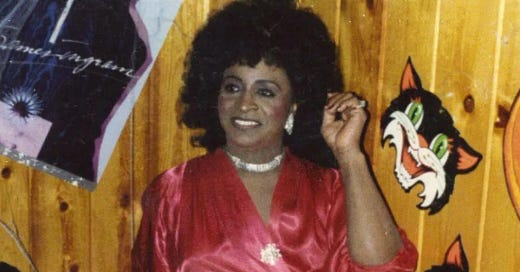On June 28, 1969, the NYPD raided a gay bar in Lower Manhattan called the Stonewall Inn. This set off a series of riots often referred to as the Stonewall Uprising. The first brick of the riots was thrown by Marsha P. Johnson, a Black trans woman. A year later, to commemorate the riots the first Gay Pride parades began.
So, how did an anti-cop riot set off by a brick-throwing Black trans woman turn into the focus of so much corporately synergistic capitalist exploitation? Well, have you heard of the Toyota MLK Day Sales Event? I mean, Jesus said to sell all your possessions, give to the poor and follow him and somehow that got turned that into “Go deeply into debt to celebrate my birthday!” If capitalism can do that to MLK and Jesus, what do you think it will do to the legacy of Marsha P. Johnson?
Before the LGBTQ movement was the LGBTQ movement, there was something called the Homophile Movement. Comprised of many local and national groups seeking LGBTQ rights, the Homophile Movement began around 1950 and often engaged in the forms of political action you’re probably familiar with.
For example, in 1965, a Philadelphia restaurant called Dewey’s refused to serve “homosexuals,” “masculine women,” “feminine men,” and “persons wearing nonconformist clothing”. Now, while that last one may seem a little on the nose, at the time many cities and towns actually had trans-erasure laws. These laws spread across the country in the mid 1800s and became known as “masquerade laws”. Eventually these laws were known as “the three-piece law” or “three-article rule” because the police could arrest anyone for not wearing at least three articles of clothing confirming their gender assigned at birth.
Keep reading with a 7-day free trial
Subscribe to Banned Histories of Race in America to keep reading this post and get 7 days of free access to the full post archives.



